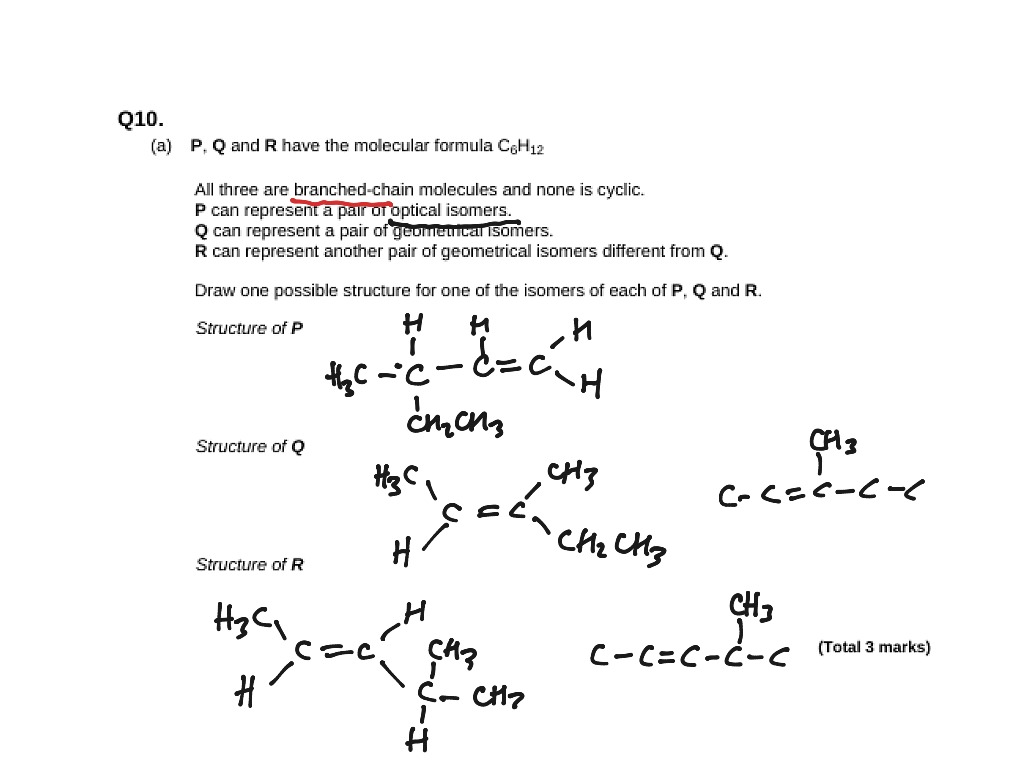

The acyl group is the remainder of the molecule, which includes the carbonyl and the attached alkyl group.Carboxylic acid derivatives contain an electronegative heteroatom (typically oxygen, nitrogen, sulfur, or phosphorus) bonded directly to the carbonyl carbon represented by the symbol Y.Acyl phosphates are named following the IUPAC rules with the carboxylic acid ending with -oyl or -yl and -phosphate.Ģ1.2 Nucleophilic Acyl Substitution Reactions.Cyclic amides (lactams) use a Greek letter to identify the location of the nitrogen in relation the carbonyl group.Secondary or tertiary amides are named as primary amides are, but in additon an upper case N is used to designate the alkyl groups attached to the nitrogen atom, which are names as substituents.Primary amides are named following the IUPAC rules with the carboxylic acid ending with -oic acid being replaced by -amide.Thioesters are named following the IUPAC rules with the carboxylic acid ending with -oic acid being replaced by -thioate and the sulfide alkyl chain as a substituent.Esters are named following the IUPAC rules with the carboxylic acid ending with -oic acid being replaced by -ate and the alkoxy alkyl chain as a substituent.Anhydrides are named following the IUPAC rules with the carboxylic acid ending -acid being replaced by -anhydride. Normally, the replacement of hydrogen or carbon atom with hydroxyl group does not yield derivatives of carboxylic acids.Acid halide are named following the IUPAC rules with the carboxylic acid ending with -oyl or -yl and the halide ending in an -ide.Nucleophilic acyl substitution reactions convert the carboxylic acid to one of the derivatives.You can think of a carboxylic acid derivative as having two sides. Cyclic esters are referred to as lactones and cyclic amides are referred to as lactams. The carboxylic acid derivatives can be distinguished from aldehydes and ketones by the presence of a group containing an electronegative heteroatom usually oxygen, nitrogen, or sulfur bonded directly to the carbonyl carbon.Many types of carboxylic acid derivatives, the chapter focused on acid halides (acyl halides), anhydrides, esters, amides, thioesters, and acylphosphates.

Carboxylic acid derivatives are also known as acyl derivatives.Carboxylic acid derivatives formed when the hydroxyl group of the carboxylic acid is replaced by a different group.
/chapter6/pages35and36/page35and36_files/relativereactivities.png)
\)Ģ1.0 Chapter Objectives and Introduction to Carboxylic Acid Derivatives


 0 kommentar(er)
0 kommentar(er)
